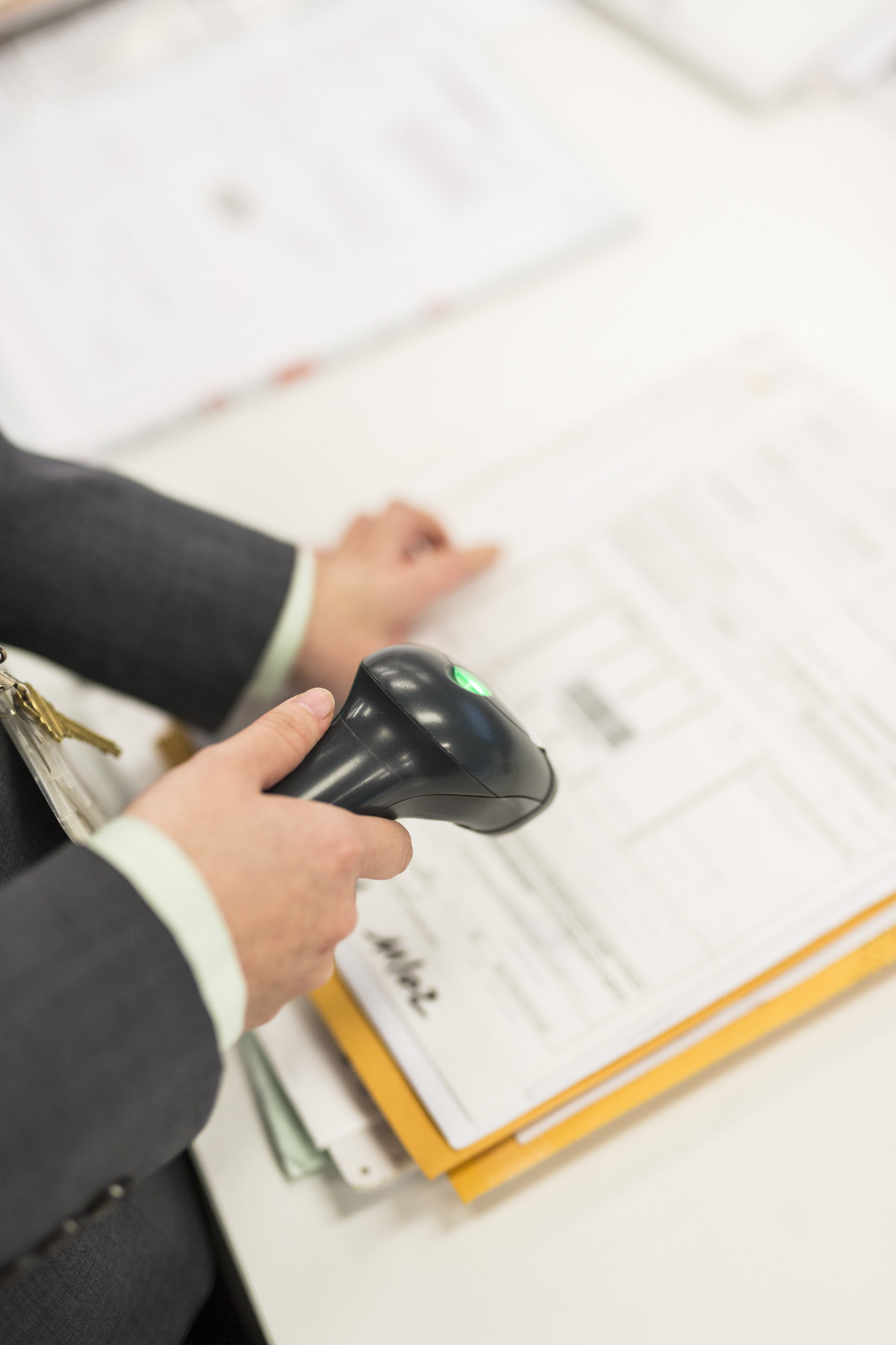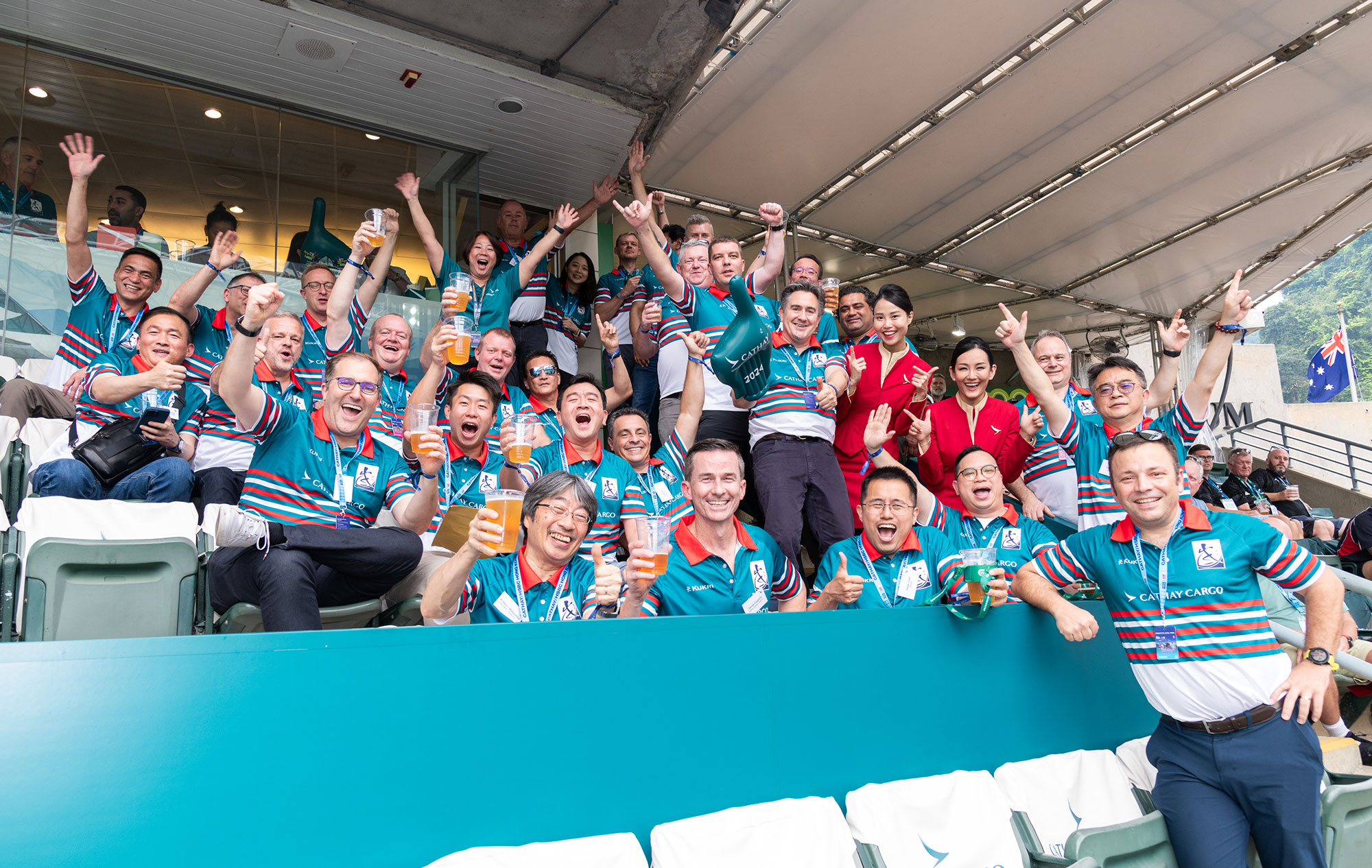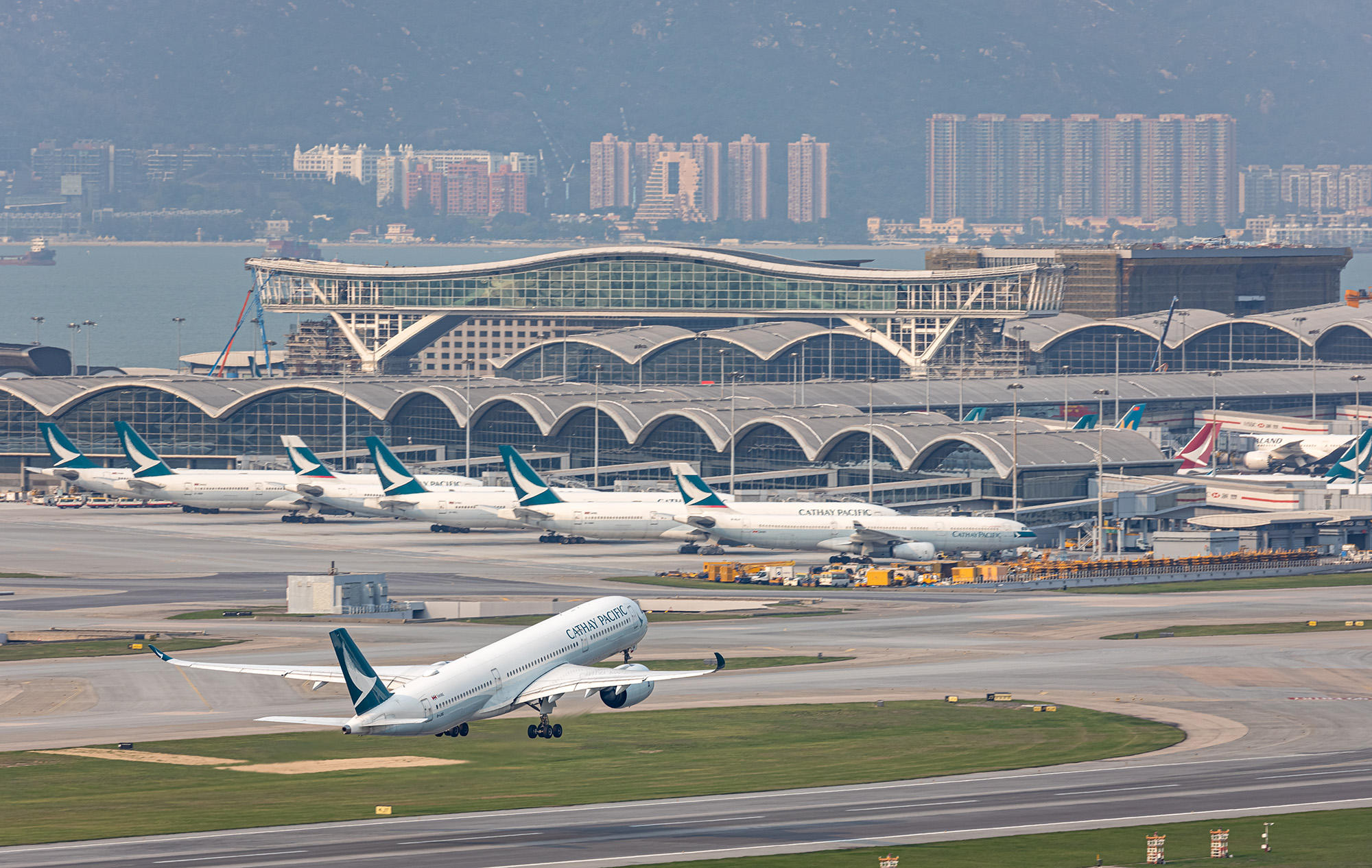Last year, Hong Kong maintained its status as the biggest international air freight hub, handling more than 4.5 million tonnes. Much of this, like many passengers, transfers to connecting flights at Hong Kong International Airport. While a major cargo hub, Hong Kong is not a major producer, so more than half of the freight received is in the form of transhipments.
As well as the geographical benefits as a hub, Hong Kong offers flexible and straightforward customs clearance, and the adoption of paperless logistics and systems. Cathay Pacific Cargo operates a 100 per cent eAWB process in Hong Kong – which helps accelerate the process, as does a dedicated transhipment handling area in the Cathay Pacific Cargo Terminal, operated by Cathay Pacific Services Ltd (CPSL), a subsidiary of the airline group.
For consignments on Cathay Pacific Cargo, the operation at the airport is essentially split into two parts – at the ramp and in the Terminal. On the ramp side, cargo arrives and departs handled by CPSL’s ramp team or another Cathay Pacific subsidiary company HAS (Hong Kong Airport Services), which loads and unloads the aircraft, taking the cargo to and from the leading-edge Cathay Pacific Cargo Terminal (CPCT), where the magic happens.
This is also where the Hub is based; a 24-hour team of Cathay Pacific Cargo staff ensure that the digital paperwork is handled as seamlessly as the consignments themselves.
Let’s see how it works
1. Cathay Pacific Cargo Hub
This department moved from another cargo terminal at Hong Kong International Airport in 2013. 185 Cathay Pacific Cargo staff work at the Hub in shifts across a 24-hour operation with 50-60 staff on duty at any time. The key jobs are eFreight handling, flight handling and ramp coordination for freighter flights according to the allotment from Cathay Pacific’s cargo revenue management and sales teams.

2. Data-processing Unit
The data-processing unit handles the freight manifest for every flight. Staff check all the paperwork is appropriate to the requirements of where cargo is going. The air waybills are now 100 per cent electronic in Hong Kong and this department handles 1,500-2,000 of these each day.
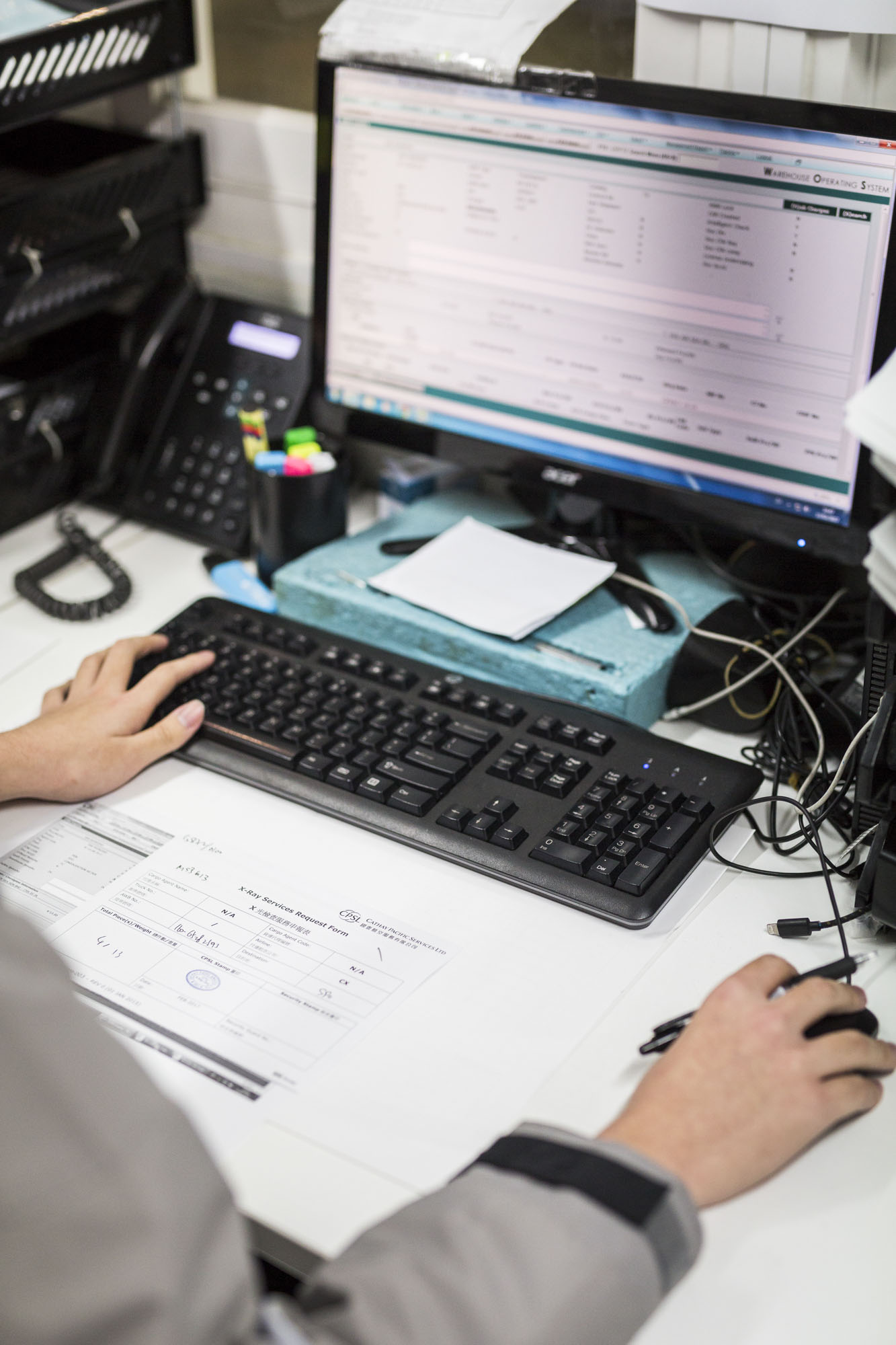
3. Flight-handling Unit
This unit handles the freight pre-manifest of the air waybills booking list to CPSL and cargo manifest to outports for every flight. Staff stay in close communication with CPSL’s warehouse team to build up the freight according to the allotment and priority given by the load plan (eg. perishable or pharma products). The warehouse operating system communicates in real time with the Cathay Pacific platform for freighter and passenger flights, and the team then edits and transmits data for load sheet preparation. The Cargo Hub also handles the load sheet for the freighter fleet.

4. Transhipment Handling
The Cathay Pacific Cargo Terminal has a dedicated area to break down incoming cargo and repack it into containers or on pallets for consignments’ next or final destinations. The minimum standard connection time was eight hours, but with this process CPSL has reduced it to five to six hours. With prior arrangement, this can be further reduced to three hours to meet customer needs.
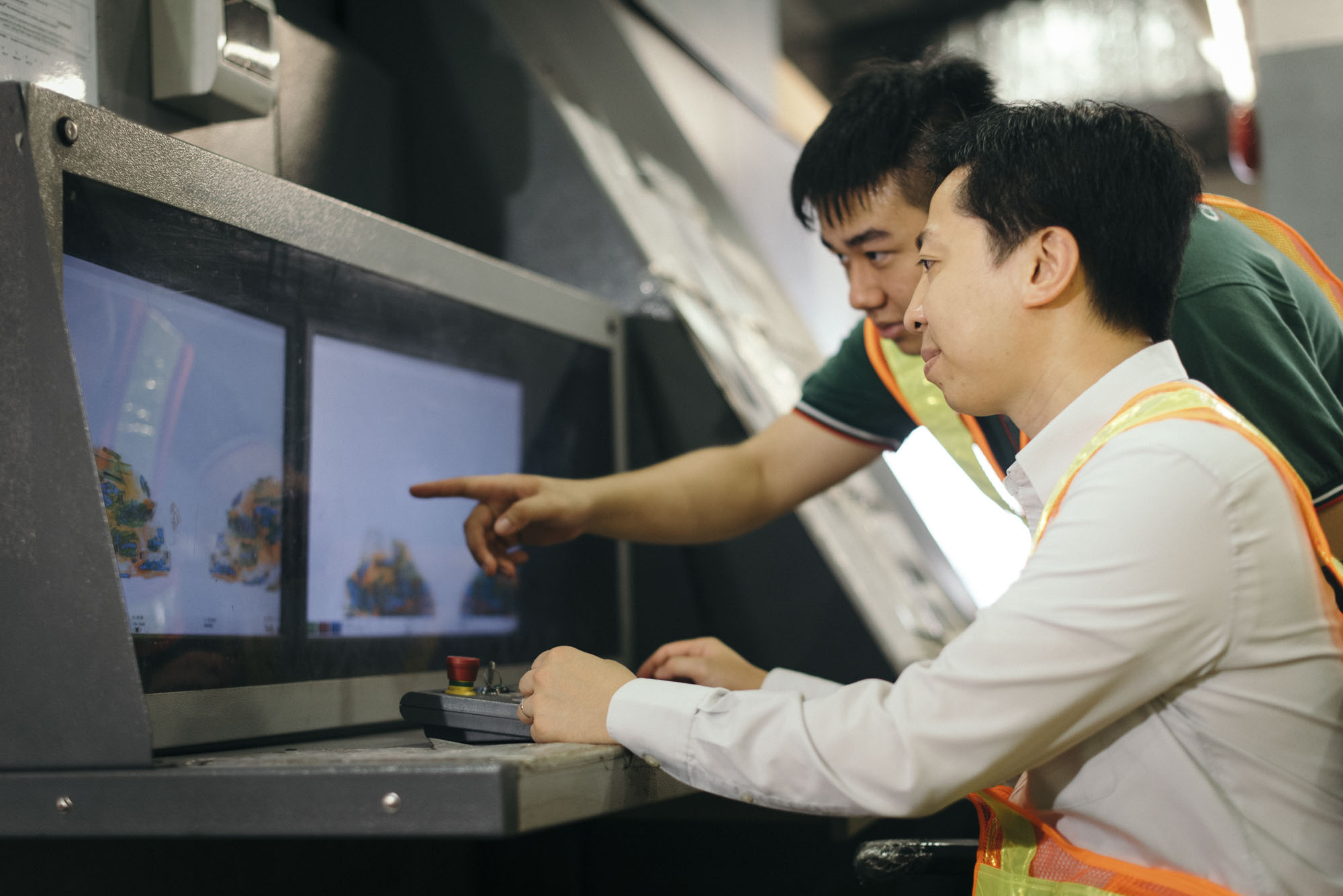
5. Export Flight Handling Office
Cathay Pacific Cargo is working towards paper-free eFreight. Nonetheless there are special shipments that require original copy for certain documents, for example certificate of origin, licence, or permits to travel along in a forwarder pouch. When the pouches arrive at the Terminal, they will be sorted out according to destination. After checking all documents for the flight are in place, these physical pouches will be delivered by car 75 minutes before departure for some 200 flights a day.
